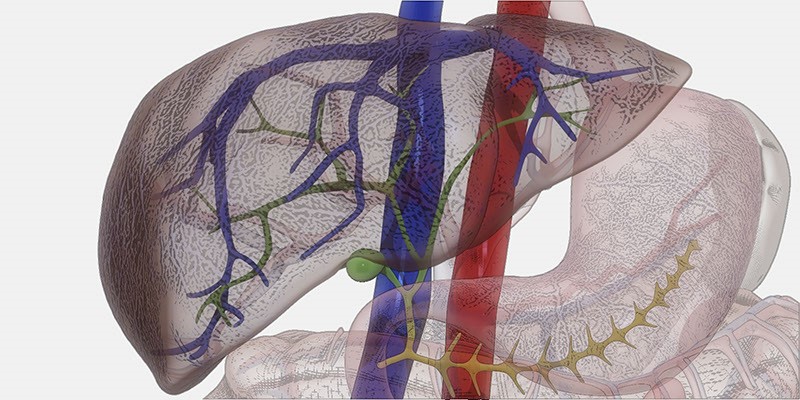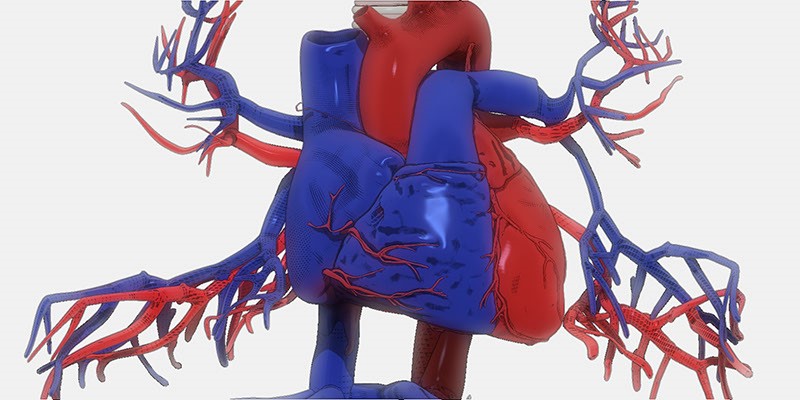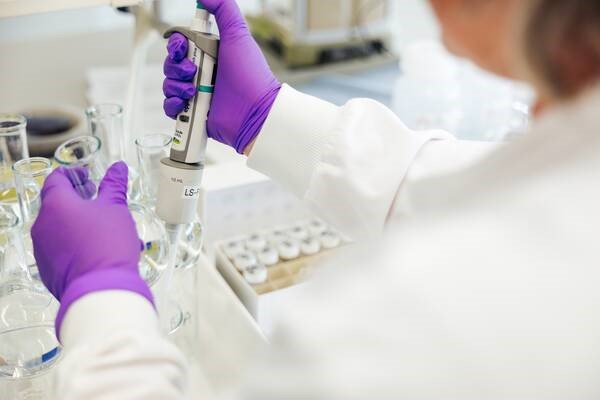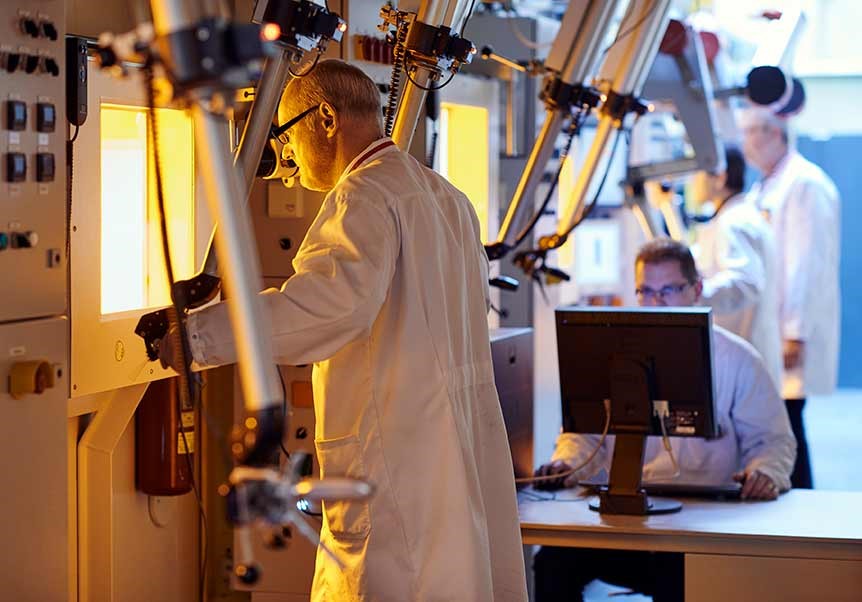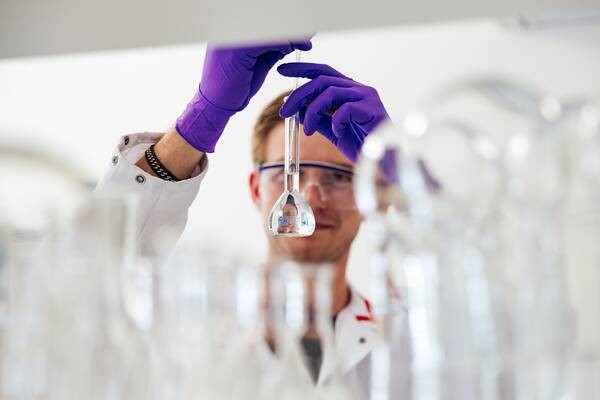Xenon-133
Entire production at one single location.
No additional transport required from the reactor; produced in parallel with molybdenum-99
Low enriched uranium based (LEU)
About xenon-133
Xenon-133 is a radioisotope in the form of a gas. It is mainly used for lung perfusion tests, which is a form of diagnostics for lung problems. The patients will inhale the gas, which then spreads through the lungs. Using a gamma camera, an image of the lungs can be created to evaluate the condition of the lungs.
This method is used in North America only; in Europe, different methods are commonly used.
Contact
More information about xenon-133?

Marjolijn Droog
Business manager Isotopes
Application of xenon-133
Xenon-133 is slightly radioactive. The patient will inhale air containing a small Xe-133 concentration. Using a special gamma camera, the distribution of xenon in the lungs can be measured. This image can help to determine how well the lungs are functioning. The patient will not suffer from the gas, as the xenon will leave the body when exhaling.
NRG PALLAS irradiates targets: aluminum plates including a layer of low enriched uranium. During irradiation of these plates in the reactor, fission of uranium takes place; a process yielding xenon among other materials. Then, Curium extracts the Xe-133 from the targets using a physical-chemical process. Curium delivers the isotope to hospitals in small vials.
The half-life of xenon-133 is approximately 5.2 days, and the quality of the product reduces quickly. Thus, it is a big advantage to have the entire production process located at one site in Petten (NL) and a quality reduction during transport is avoided.
Thanks to Curium's expertise and distribution network, approximately 250,000 patients have been scanned using this technique in 2019, primarily in the United States. Xenon-133 can also be used to measure the cerebral blood flow, however, is rarely used for this purpose as other methods are more suitable.
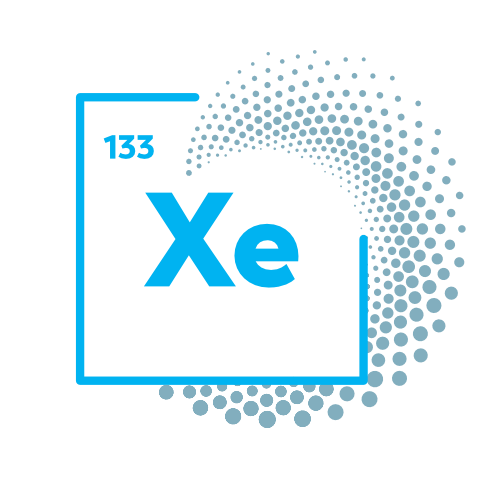
A few of our success stories
Thanks to intensive collaboration between Curium and NRG, a complex project has been brought to a successful conclusion: the development and installation of a production process for the medical isotope Xenon-133.
Producing medical isotopes using only low enriched uranium? After a challenging design process, Curium and NRG are the first in Europe to produce molybdenum-99 with low enriched uranium. Recognizing the commitments made during the Nuclear Summit 2014, to phase out high enriched uranium (HEU) based medical isotopes.
A complex project has been brought to a successful conclusion: the development and installation of a production process for xenon-133 gas.


